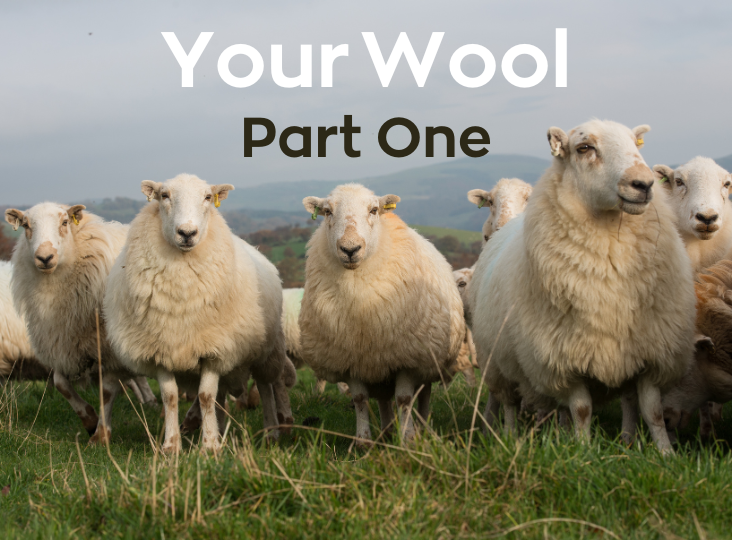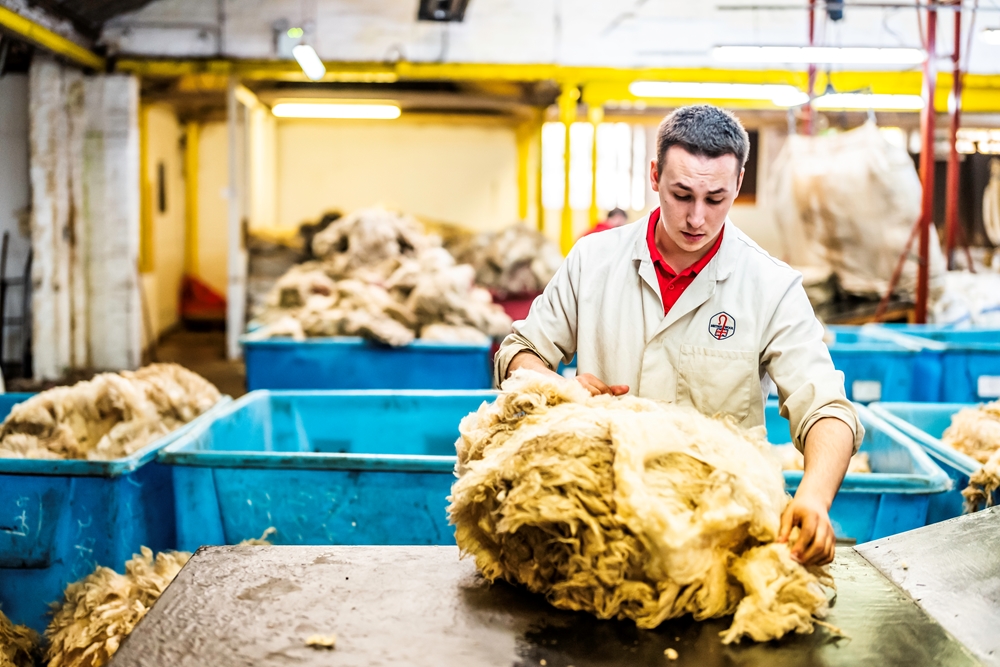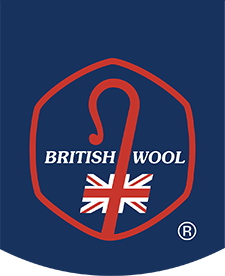Your Wool from Farm to Auction: Part One
In recent months several farming groups have visited our depot and the scouring plant in Bradford to understand better the process your wool goes through. Over the next two issues of Graze, we’ll provide more details on this process of getting wool from farm to market.
Not everyone lives close to one of our grading depots, so to provide a convenient service to all, we have a network of intermediate depots and collection sites located across the UK. Once your wool is dropped at an intermediate depot or collection centre, arrangements are made for delivery of your wool to a grading depot. We offer free haulage for wool delivered to any British Wool approved site.
Michael Sanderson, Depot Manager at the Borders depot based in Selkirk in the Scottish Borders said: “The British Wool grading system categorises wool based on style and characteristics. In doing so we maximise the value of members wool. All our graders have undergone an intensive 3-year apprenticeship and are continually assessed to ensure consistency of the grades. The presentation of the fleece is vital to the grader. An unrolled or badly presented fleece slows the process down making accurate grading more difficult as all fleeces are individually graded by hand. The style of wool is generally determined by its staple length, crimp, fineness, handle, and lustre.”
Within each style of wool, fleeces are graded by quality with judgements made across a range of characteristics. These characteristics include:
Whether the wool is from a Hogg or an Ewe
Colour
Staple strength
Uniformity of the fleece
Amount of kemp present
Amount of grey fibre
Is it a First or Second shear
In total, British Wool produces almost 120 grades of wool. Our grading system ensures downstream manufacturers have the right quality wool for the products they produce.
Once your wool is graded it is packed into a 400kg bale which will be included in a 24 bale – a typical sale lot would be eight tonnes. All the wool in the bale and sale lot will be of the same grade, and quality and from anything up to 100 different farms. The British Wool traceable scheme provides us with details of whose wool is in which bale. Each bale is then core tested with the samples sent to the Wool Testing Authority laboratory to test for Micron, Colour, yield and vegetable matter.
All this information is made available to buyers in a catalogue produced a week or so before the auction.
Next month we’ll look at what happens to your wool during the auction process.
Back to Blogs

